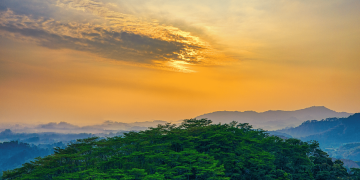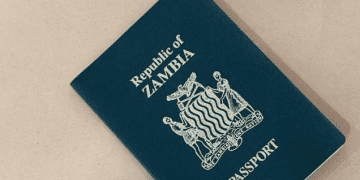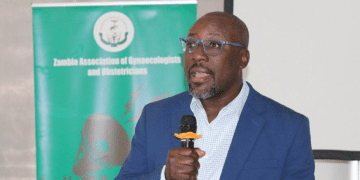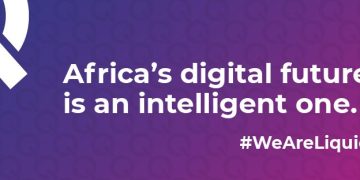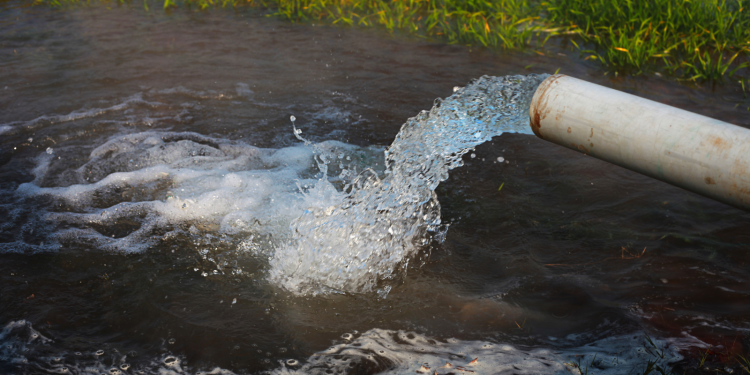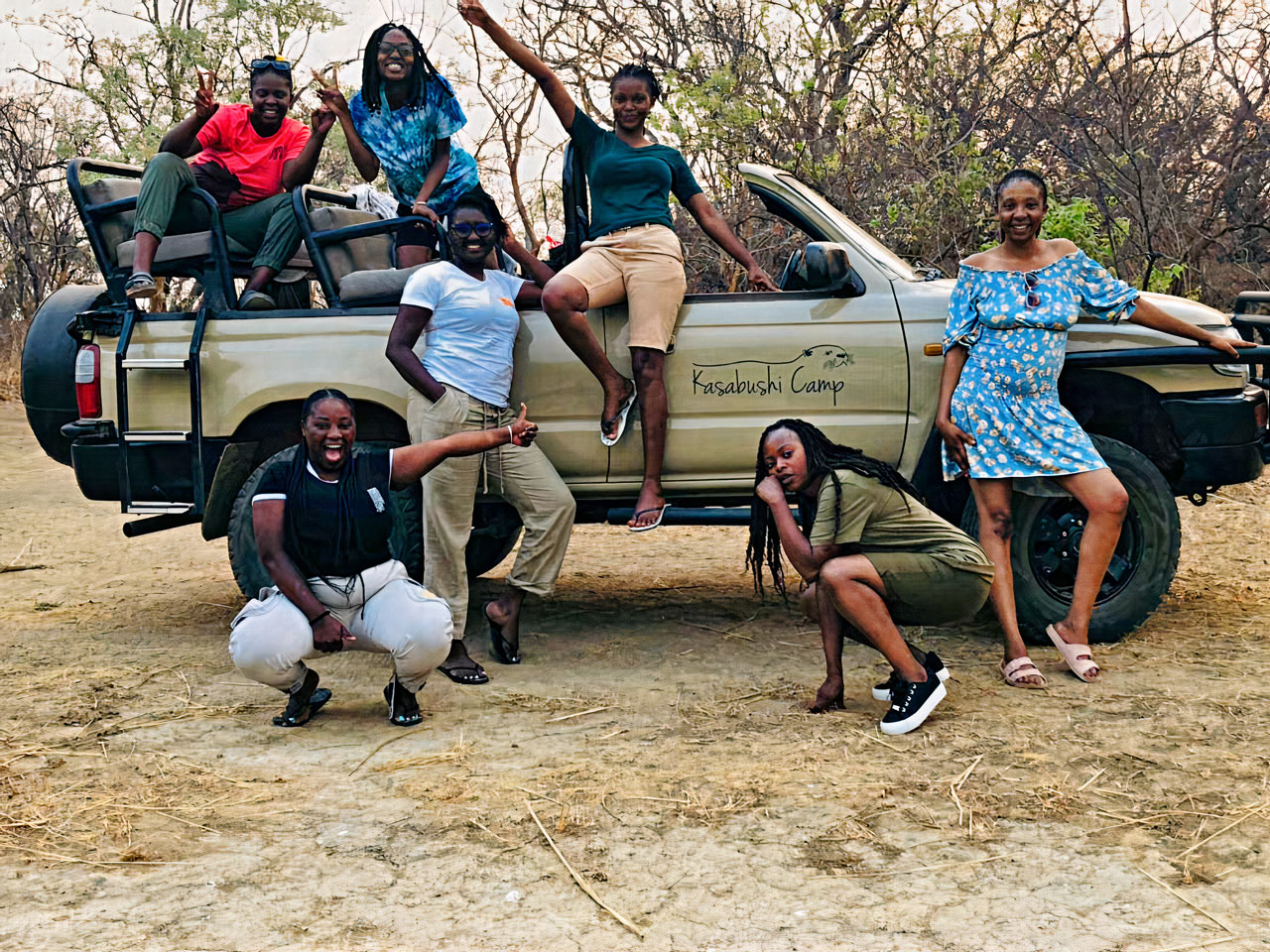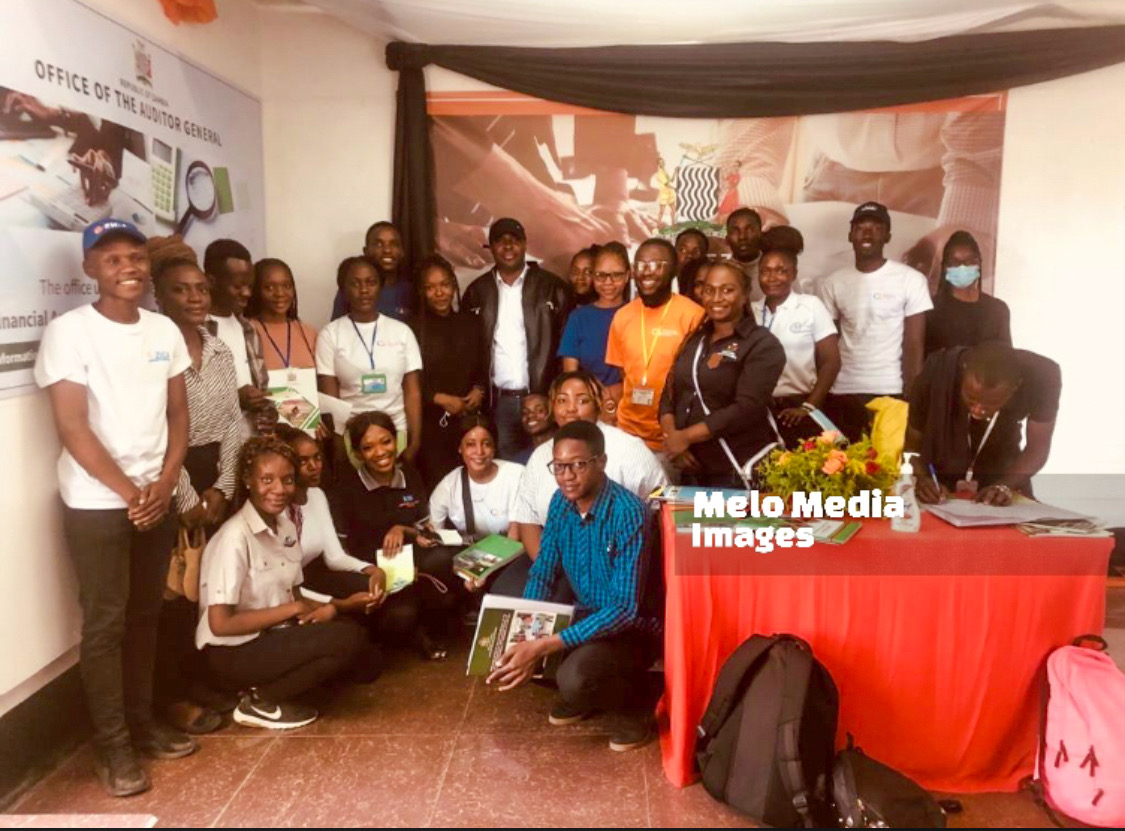17.03.2024
Climate change is mutating at an unprecedented pace and is becoming unbearable for planet earth, said Dr. Kelvin Kamayoyo, Zambian economist, Climate Change Advocate and Scholar. Climate change is directly causing material injury to planet earth’s ecosystem and threatening water security especially for the continent of Africa which is highly vulnerable. This signals a timely call for searching for survival techniques in order to adapt to the unwanted ecosystem evolution. As a result, African countries should endeavour to harness more of their underground water or groundwater resources and enhance monitoring of water stress levels in order to build climate resilience and increase water supply to its growing population.
African countries from Libya to South Africa, Central African Republic to Botswana, and from Senegal to Kenya are endowed with enormous groundwater reserves and aquifers but all this resource is today under severe threat from the unrelenting climate change. According to Researchers from the British Geological Survey and University College London, “The largest groundwater volumes are found in the large sedimentary aquifers in the North African countries Libya, Algeria, Egypt and Sudan.” However, water availability and supply on the continent of Africa is being adversely affected due to unprecedented climate change events, unexploited groundwater resources and untapped potential for wastewater reuse. Both underground water and wastewater reuse remain vital water sources that can be relied upon to supplement surface water sources such as rivers, lakes, streams and dams which are highly vulnerable to climate change and overexploitation in some instances.
According to United States Environmental Protection Agency, they define “groundwater as being fresh water (from rain or melting ice and snow) that soaks into the soil and is stored in the tiny spaces (pores) between rocks and particles of soil.” Simply put “groundwater” is the water found underground and this water helps to keep surface rivers or lakes flowing and is also used for drinking. To a large extent groundwater and surface water are connected. Groundwater is also used for crop irrigation and agricultural production.
Africa’s looming water scarcity is likely to impact negatively on its economy particularly sectors such as agriculture, tourism, livestock, aquaculture, manufacturing and energy. According to research by WaterAid and the British Geological Survey (BGS), “Water locked in subterranean stores could help African countries survive at least five years of drought.” Therefore, the immediate answer and potential life-saver could be for the African countries to harness groundwater or subterranean rivers. From the river Nile (Egypt) to the Zambezi River (Zambia), Congo river (Central African Republic) to Okavango river (Botswana), and Senegal river (Senegal) to Tana river (Kenya) play a pivotal role as engines for economic growth and contribute to food security including supporting human life and wildlife habitat. Unfortunately, these same rivers are not exempted from the threat of climate change and also hydroelectric power, freshwater and food demands.
Most African countries continue to face power outages due to reduced hydroelectric power production largely induced by the undesirable mutation of climate change. According to Foresight Africa 2022 report, “Today nearly 600 million of the 1.2 billion Africans lack access to electric power. In sub-Saharan Africa, 12 million new people enter the workforce every year. Our prosperity and peace are incumbent on powering our economic development and creating enough gainful employment opportunities for our growing population. That is not something that can be done in the dark. Without achieving universal access to electricity, we will be vulnerable to underdevelopment, high unemployment, a migration crisis, and instability.” Climate change and ever growing population on the continent is putting increasing pressure on the rivers and other waterbodies which if not mitigated could slow down most African countries’ economies especially those that depend on hydroelectric power as source of energy.
What then could be possible remedies to the electricity supply deficits on the continent of Africa today? While the possible answers to this unavoidable question may appear to be myriad, it is more reasonable to restrict oneself to pragmatism and proposals that are feasible. As climate change worsens, it is clear that the surface water resources in particular rivers, lakes, streams and dams will be adversely affected and the volume of water would drastically reduce in these waterbodies. From face value analysis, one could acknowledge that the challenges affecting most surface waterbodies on the continent of Africa are both exogenous and exogenous factors induced, thus, pollution, careless disposal of waste and climate change, respectively.
Incontestably, given this preamble as complex as it may appear the most crucial thing for now is to advance suggestions that can contribute to discovering a lasting solution to the challenges threatening the health of a number of rivers and lakes that are a lifeblood of electricity production in Africa. Notwithstanding, the foresaid it must be acknowledged that the mutation of climate change often makes it difficult in many circumstances for society to claim proactiveness except to treat each situation as it manifests on a case by case or in an adhoc manner. Against this backdrop, the triple bottom line approach response to challenges affecting the surface waterbodies thereby causing water insecurity and reduced hydroelectric power production are as follows:
a. Short-Term Measures
1. Explore the possibility of harnessing groundwater or subterranean rivers so as to increase water supply for irrigation, drinking and industrial use. By so doing, it relieves pressure on surface rivers and lakes that can now build sufficient capacity to be able to supply the hydroelectric power production amidst climate change.
2. Endeavour to integrate waterbodies, thus rivers, streams, dams and lakes, and then rollout massive water harvesting campaigns to divert and collect enough water resources for sustainable use.
3. Set up a dedicated Country Multi-Stakeholder Water Security Task Force to rapidly and holistically address the water scarcity. This could be mainstreamed into the various existing Joint Permanent Commissions (JPCs) at regional level to enhance mutual cooperation on transboundary water sharing.
4. Rollout sensitisation and education campaigns on the importance of conserving waterbodies and encourage responsible use of water resources at all levels including at household level.
b. Medium to Long- Term Measures
1. Upscale the implementation of climate adaptation strategies including planting of trees, carbon sequestration, inter alia.
2. Promote investment in the water sector for improved infrastructure, sanitation, access and availability for sustainable development.
3. Rollout sensitisation and education on climate smart agriculture and promote fair markets for agriculture commodities.
4. Eliminate all forms of structural and behavioural barriers that inhibit private sector players to actively participate in the water sector.
In conclusion, dealing with climate change matters would require serious reflection on climate science, multidisciplinary approach and intersectoral engagement, and proper early warning systems anchored on appropriate technology. Inspite of this, African countries still need to conserve all its waterbodies and rollout water harvesting campaigns to maximise water collection, and prevent groundwater pollution in homes and cities including promoting aquifer recharge interventions.
For comments please send to the author on email: [email protected]



